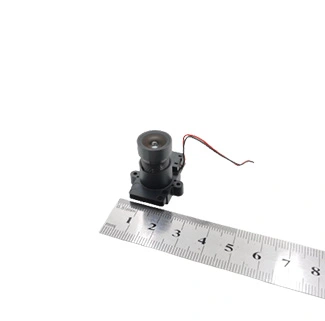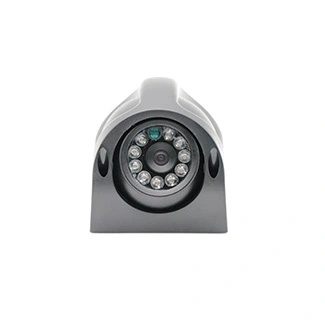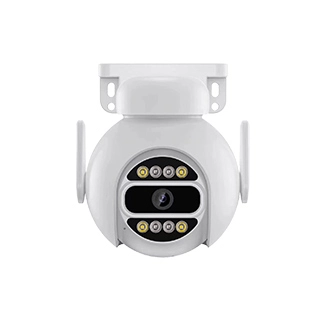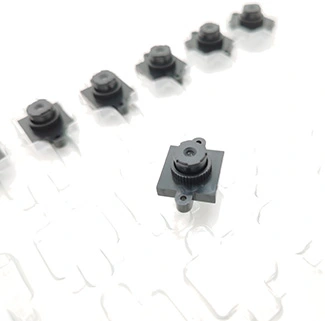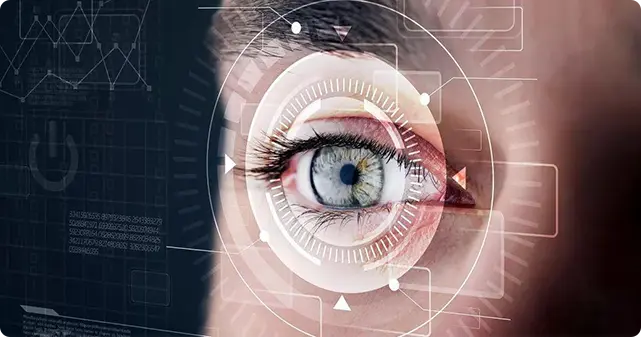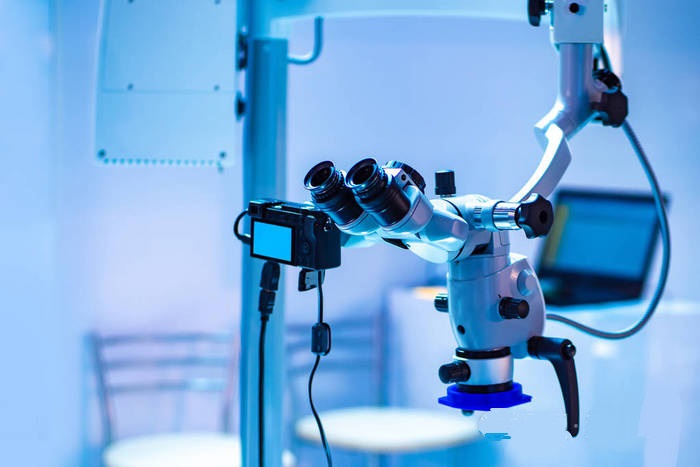
Cameras have a bright future in the medical field, Moreover, some endoscope series products have been realized in the medical process, such as gastrointestinal endoscope, pulmonary tracheal endoscope, urethral endoscope, small cavity endoscope, etc. Engineers have already achieved 1mm or 0.715 mm diameter medical endoscope, and they are focusing on the research of endoscopes with smaller size and higher pixels. There is also a swallowing wireless transmission capsule camera is also under development, we believe that endoscopic cameras can help doctors make more accurate diagnoses in the future medical field.
Cameras are poised to play a pivotal role in the future of the medical field, with advancements in technology opening up new possibilities for diagnostic and therapeutic applications. One significant area of progress is the integration of cameras into endoscopic devices, which have become indispensable tools in various medical procedures. These endoscope series products have been instrumental in transforming medical processes, offering insights into internal organs and cavities with remarkable precision.
In the realm of endoscopy, engineers have made substantial strides in miniaturization, pushing the boundaries of what is possible. Some endoscope series products, such as gastrointestinal endoscopes, pulmonary tracheal endoscopes, urethral endoscopes, and small cavity endoscopes, are already making a significant impact in clinical practice. Achieving diameters as small as 1mm or even 0.715mm, these medical endoscopes represent a breakthrough in the field, allowing for minimally invasive procedures with reduced patient discomfort.
The ongoing research focus on endoscopes with even smaller sizes and higher pixel resolutions reflects a commitment to continuous improvement. Engineers are dedicated to pushing the limits of technology to enhance the visual capabilities of these devices, enabling healthcare professionals to observe and navigate internal structures with unprecedented clarity. The quest for smaller diameters is particularly significant as it facilitates access to intricate and hard-to-reach anatomical locations.
In addition to miniaturization, the development of a swallowing wireless transmission capsule camera exemplifies the innovative trajectory of endoscopic technology. This capsule camera, still in the developmental stage, holds the promise of providing a non-invasive means of capturing images and transmitting vital diagnostic information wirelessly as it traverses the digestive tract. This approach has the potential to revolutionize diagnostic procedures, offering a patient-friendly alternative to traditional endoscopy.
The impact of endoscopic cameras on the future of the medical field is profound. As these technologies evolve, doctors can expect to make more accurate and informed diagnoses, leading to enhanced patient outcomes. The combination of miniaturization, improved resolution, and wireless capabilities not only improves the diagnostic process but also contributes to patient comfort and compliance.
In conclusion, the future of cameras in the medical field is bright, especially in the context of endoscopic applications. The continuous advancements in miniaturization, pixel resolution, and the exploration of innovative devices like the wireless transmission capsule camera signify a transformative era in medical imaging. As these technologies mature, the potential for more accurate, less invasive, and patient-friendly diagnostic procedures becomes increasingly evident, paving the way for a new era of precision medicine.


